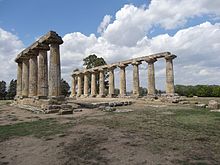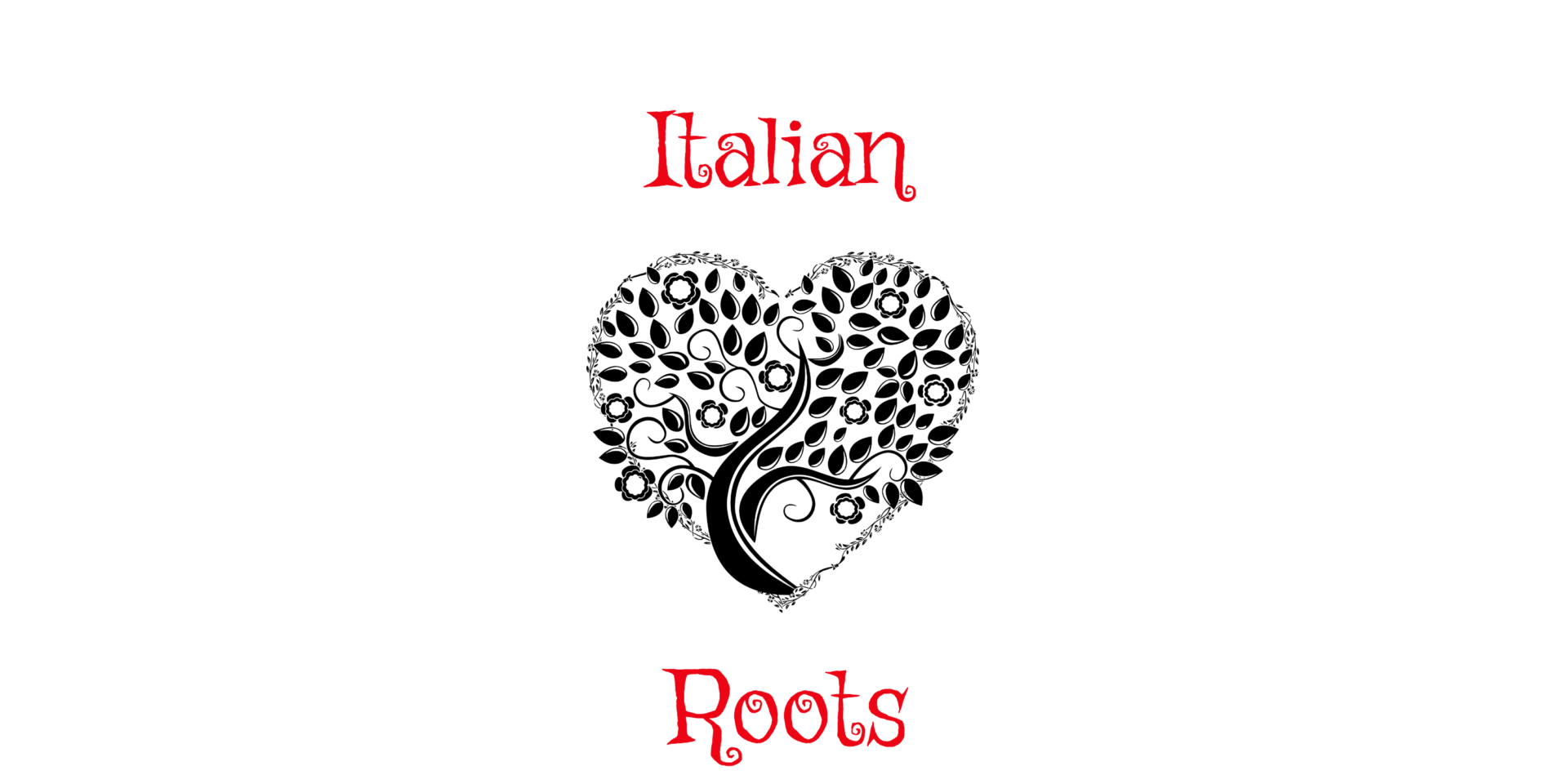I never really paid much attention into the history of Basilicata Italy. As it turns out, many of my ancestral families are listed as playing a significant role in middle ages, specifically, Carafa, Caracciolo and Pignatelli from Italy. And the Capetians from France and the Aragona from Spain.

Basilicata, region, southern Italy, along the Golfo di Taranto (Gulf of Taranto), consisting of the provinces of Potenza and Matera. Bounded by the regions of Puglia(north and east), Calabria(south), and Campania(west), Basilicata is roughly divided into a western mountainous section, dominated by the Appennino Lucano, and an eastern section of low hills and wide valleys, while along the Ionian Seathe sand and clay hills overlook narrow coastal plains. The extinct volcano of Monte Vulture (4,350 ft [1,326 m]) stands isolated from the Apennines in the north.

Known in ancient times as Lucania(q.v.), the region was under Lombard rule in the early Middle Ages. It was controlled by the dukes of Benevento and then by the princes of Salerno. After an interval of Byzantine control, the Normans took over and made Melfi(q.v.) the capital of one of their dominions. Until the fall of the Swabian Hohenstaufens (1254), Basilicata played a significant part in the affairs of southern Italy; afterward, passing through Angevin and Spanish hands, it followed the variable fortunes of the Kingdom of Naples until united with Italy in 1860. The region was coextensive with Potenza province until the establishment of Matera province in 1927.
The mainstay of the economy is agriculture, but yields are generally low because of poor soil and the rugged terrain. Crops include wheat, rye, grapes, and olives; sheep, goats, pigs, and an increasing number of beef and dairy cattle are raised. New crops introduced in the eastern and coastal areas include tobacco, vegetables, sugar beets, and flowers. Industry is virtually nonexistent except for olive presses and flour mills, although natural gas has been discovered near Matera and there is a chemical plant at Pisticci. Potenza(q.v.), the regional capital, and Matera(q.v.) are the only sizable cities. The region suffered severe damage in a disastrous earthquake in 1980. The main railroad line of Basilicata links Potenza with Naples and Battipaglia in the northwest and with Taranto in the east, connecting also with the Ionian railroad (Taranto–Reggio di Calabria). Area 3,858 sq mi (9,992 sq km). Pop. (2006 est.) 594,086.
Prehistory
The first traces of human presence in Basilicata date to the late Paleolithic, with findings of Homo erectus. Late Cenozoicfossils, found at Venosaand other locations, include elephants, rhinoceros and species now extinct such as a saber-toothed cat of the genusMachairodus. Examples of rock artfrom the Mesolithichave been discovered near Filiano. From the fifth millennium, people stopped living in caves and built settlements of huts up to the rivers leading to the interior (Tolve, Tricarico, Aliano, Melfi, Metaponto). In this period, anatomically modern humans lived by cultivating cereals and animal husbandry (Bovinaeand Caprinae). Chalcolithicsites include the grottoes of Latronicoand the funerary findings of the Cervaro grotto near Lagonegro.
The first known stable market center of the Apennine cultureon the sea, consisting of huts on the promontory of Capo la Timpa [it], near to Maratea, dates to the Bronze Age.
The first indigenous Iron Age communities lived in large villages in plateaus located at the borders of the plains and the rivers, in places fitting their breeding and agricultural activities. Such settlements include that of Anglona, located between the fertile valleys of Agriand Sinni, of Siris and, on the coast of the Ionian Sea, of Incoronata-San Teodoro. The first presence of Greek colonists, coming from the Greek islandsand Anatolia, date from the late eighth century BC.
There are virtually no traces of survival of the 11th-8th century BC archaeological sites of the settlements (aside from a necropolis at Castelluccio on the coast of the Tyrrhenian Sea): this was perhaps caused by the increasing presence of Greek colonies, which changed the balance of the trades.
Ancient history
In ancient historical times the region was originally known as Lucania, named for the Lucani, an Oscan-speakingpopulation from central Italy. Their name might be derived from Greek leukosmeaning “white”, lykos(“gray wolf“), or Latin lucus(“sacred grove“). Or more probably Lucania, as much as the Luciusforename (praenomen) derives from the Latinword Lux(gen. lucis), meaning “light” (<PIE*leuk-“brightness”, Latin verb lucere“to shine”), and is a cognateof name Lucas. Another etymology proposed is a derivation from EtruscanLauchum(or Lauchme) meaning “king“, which however was transferred into Latin as Lucumo.[12]
Starting from the late eighth century BC, the Greeks established a settlement first at Siris, founded by fugitives from Colophon. Then with the foundation of Metapontofrom Achaeancolonists, they started the conquest of the whole Ionian coast. There were also indigenous Oenotrianfoundations on the coast, which exploited the nearby presence of Greek settlements, such as Veliaand Pyxous, for their maritime trades.
The first contacts between the Lucanians and the Romans date from the latter half of the fourth century BC. After the conquest of Tarantoin 272, Roman rule was extended to the whole region: the Appian Wayreached Brindisiand the colonies of Potentia (modern Potenza) and Grumentumwere founded.
Middle Ages
After the fall of the Western Roman Empirein 476, Basilicata fell to Germanic rule, which ended in the mid-6th century when the Byzantines reconquered it from the Ostrogoths between 536 and 552 during the apocalyptic Byzantine-Gothic war under the leadership of Byzantine generals Belisarius and Narses. The region, deeply Christianized since as early as the 5th century, became part of the LombardDuchy of Benevento founded by the invading Lombards between 571 and 590. In the following centuries, Saracen raids led part of the population to move from the plain and coastal settlements to more protected centers located on hills. The towns of Tricarico and Tursi were under Muslim rule for a short period: later the “Saracen” population would be expelled.[13]The region was conquered once more for Byzantium from the Saracens and the Lombards in the late 9th century, with the campaigns of Nikephoros Phokas the Elder and his successors, and became part of the theme of Longobardia. In 968 the theme of Lucaniawas established, with the capital at Tursikon (Tursi). In 1059, Basilicata, together with the rest of much of southern Italy, was conquered by the Italo-Normans. Later, it was inherited by the Hohenstaufen, who were ousted in the 13th century by the Capetian House of Anjou.
Modern and contemporary ages
In 1485, Basilicata was the seat of plotters against King Ferdinand I of Naples, the so-called “Conspiracy of the Barons”, which included the Sanseverino of Tricarico, the Caracciolo of Melfi, the Gesualdo of Caggiano, the Orsini Del Balzo [it]of Altamura and Venosa and other anti-Aragonese families. Later, Charles V stripped most of the barons of their lands, replacing them with the Carafa, Revertera, Pignatelli and Colonna among others. After the formation of the Neapolitan Republic (1647), Basilicata also rebelled, but the revolt was suppressed. In 1663 a new province was created in Basilicata with its capital in Matera.
The region became part of the Kingdom of the Two Siciliesin 1735. Basilicata autonomously declared its annexation to the Kingdom of Italy on August 18, 1860 with the Potenza insurrection. It was during this period that the State confiscated and sold off vast tracts of Basilicata’s territory formerly owned by the Catholic Church. As the new owners were a handful of wealthy aristocratic families, the average citizen did not see any immediate economic and social improvements after unification, and poverty continued unabated. This gave rise to the phenomenon of Brigandage in Southern Italy after 1861, whereby the Church encouraged the local people to rise up against the nobility and the new Italian state. This strong opposition movement continued for many years. Carmine Croccofrom Rionero in Vulturewas the most important chief in the region and the most impressive leader in southern Italy.[14]
From Wikipedia

Where Do Italians Come From — The Ancient Calabrian Tribes
There is evidence of the presence of a type of Homo Erectus in Calabria along coastal areas as far back as 700,000 BC. More recently ( 12,000 BC ) Stone Age there is a figure of a bull in the Romito Cave. The first villages arrive in 3,500 BC. Click here to join Italian Genealogy on Facebook In approximately 1500 BC the Oenotri or vine cultivators settled in Calabria. According to legend, they were Greeks

The Borgia Family
The traceable beginning of the Borgia family ( Borja in Spain )goes back to Rodrigo de Borja who was born in Borja, Zaragoza Spain around 1349. A branch of the family would later move to Italy and two of them become Popes. As I was tracing back one of my Carafa lines, I found that one of my Carafa great grandfathers was the son of Juana de Borgia, the sister of Rodrigo Borgia, who later

Researching San Fele Basilicata to Buffalo NY
Visit Our Shop Nina Paul talks about her family from San Fele that migrated to Buffalo NY and her mom’s family of 22! Nina has a huge database of records from San Fele and you can contact her at chaplainnina@gmail.com Podcast Click here to join our group on Facebook Video Frank Amorosino Mary Carnevale Mom 1947 b&w tn_Elio & Maria Anna

“Basilicata — Authentic Italy
Visit Our Shop Great insight into one of Italy’s lesser known regions Basilicata, with Karen Said. Journey to the small, rocky region in the heart of the Italian south, to a land where ancient pagan rites live alongside those of the Catholic Church, world-class wine washes down edible hyacinth bulbs, zip-lines parallel old mule trails, and the air is infused with the ideals of Roman poets and brigands. Best known for the evocative cave dwellings









allow me to remind that at Viggiano location i 80 was disco verde the largest oil well in land in europe,so far with the nearest town of Corleto Perticara they booth produce about 150000 barrel of crude oil per day,plus a lot of natural gas .